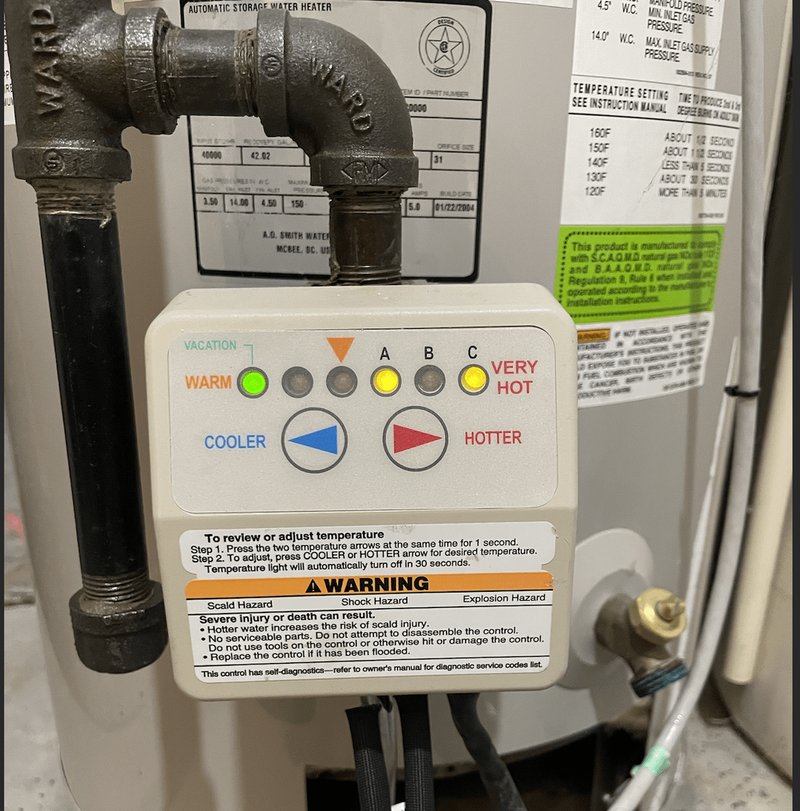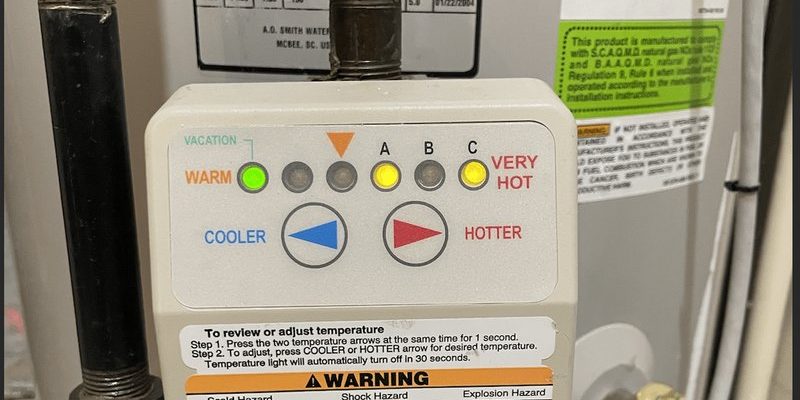
But what exactly does this mysterious Error Code OE mean? Simply put, this error code usually indicates a problem with the water heater’s outflow, specifically related to the exhaust. It’s like your car engine warning you about an issue with your exhaust system. Let’s dive deeper into what causes this error and how you can tackle it without breaking a sweat.
Understanding the Error Code OE
So, here’s the deal: AO Smith water heaters, much like other modern appliances, have a self-diagnostic system designed to communicate any problems efficiently. Error Code OE is the appliance’s way of saying there’s trouble with the heater’s exhaust. Imagine the water heater as a kitchen range hood needing to vent out steam adequately. When it can’t, you end up with Error Code OE.
This error typically pops up when there’s blockage, malfunction, or some sort of miscommunication within the exhaust or air intake systems. To paint a clearer picture, let’s say it’s like having a stuffy nose—it makes everything feel out of whack, doesn’t it? If your heater can’t release the air it needs to, it simply won’t work as intended, and you’ll end up with cold water instead of hot.
The good news? Your water heater is smart enough to give you this alert before things get worse. It’s its way of saying, “Hey, I need a little help here!” Understanding this not only saves you potential repair costs but also prolongs the lifespan of your beloved appliance. By acting on these signals early, you’re paving the way for a smoother, more efficient hot water experience.
Common Causes of Error Code OE
Now, you might be wondering, “What could possibly cause this error?” Well, the reasons are a blend of technical and environmental factors, and oddly enough, they’re quite relatable. One common culprit is a blocked vent, akin to having a blocked chimney where smoke has nowhere to escape. Over time, vents can accumulate debris, like dust or leaves, especially if they’re located outdoors. This prevents proper airflow and results in the OE code.
Another usual suspect is a malfunction in the blower, which is responsible for pushing the exhaust fumes out of the system. Think of it like a clogged exhaust pipe in a car—it needs to be clear to function properly. If this blower isn’t working efficiently, the system can’t expel gases, triggering that pesky error code. Also, incorrect installation or a damaged pressure switch might lead to this error, as they affect how well the exhaust system communicates with the rest of the unit.
Lastly, environmental factors like extremely cold weather can affect the exhaust system. When temperatures plummet, any condensation in the exhaust pipes can freeze and block the passage, much like ice forming overnight on your windshield. Luckily, understanding these causes helps you pinpoint issues and address them promptly, ensuring your water heater is back up and running in no time.
How to Fix and Prevent the Error Code OE
Ready to play the hero and fix this glitch? Let’s walk through some solutions. First and foremost, check the external vent for any visible blockages. Cleaning out any debris can often solve the problem. Simply imagine it as clearing out the gutter to prevent overflows. If the vent is clear and the issue persists, the next step is to inspect the blower. Sometimes a gentle cleaning or tightening of loose connections can do the trick.
If the problem lies with the pressure switch or installation, it might be best to call in a professional. Handling these components can be delicate, much like trying to fix a complex piece of machinery without the right tools. While it might be tempting to DIY everything, safety and proper function should always come first. Professional technicians can ensure everything is re-installed or repaired to spec, giving you peace of mind.
To prevent this error from recurring, regular maintenance is key. Think of it as a check-up for your heater, just like you’d service your car or go for a medical check-up. Ensuring vents are clear, the blower is functioning, and all parts communicate well with each other helps keep the OE code at bay. And when in doubt, a yearly inspection by a licensed technician can work wonders in keeping your water heater running smoothly.
In summary, while Error Code OE might seem like a cryptic message at first, with a little understanding and proactive care, it’s easily manageable. By taking a bit of time to understand your water heater’s language, you ensure that your home remains a cozy, warm haven, ready to deliver that comforting hot shower whenever you need it.
